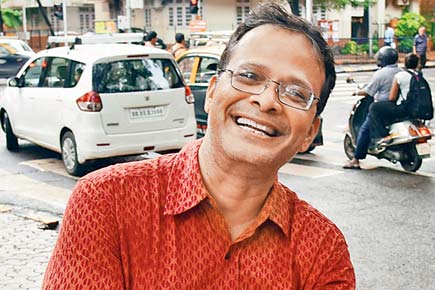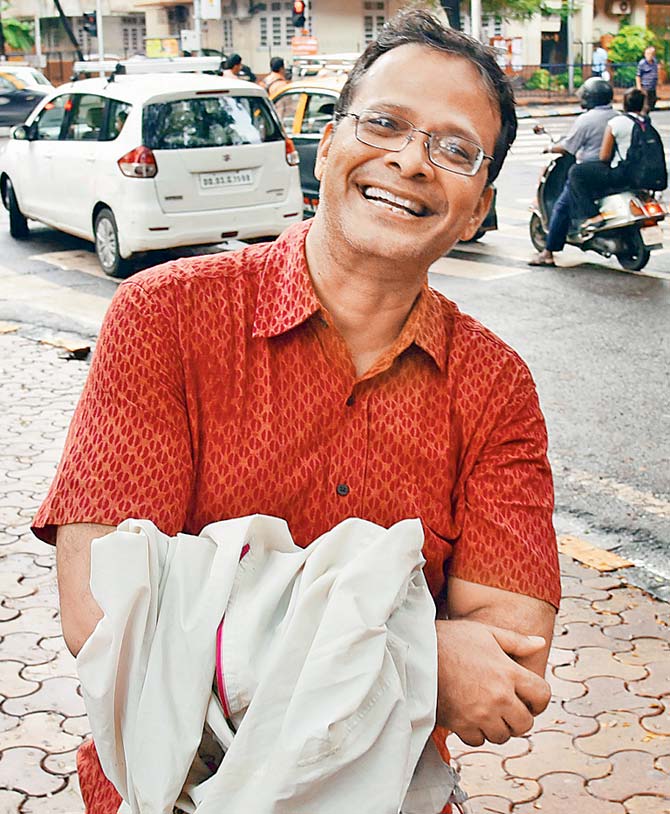Jerry Pinto on writing his first murder mystery, homosexuality and Mumbai as muse


Jerry Pinto
ADVERTISEMENT
Aâu00c2u0080u00c2u0088young man is found dead in the toilet of Matunga Road railway station, his kidney missing. The case is tasked to the honest and effective Inspector Jende and his retired journalist friend, Peter D’Souza.
Jerry Pinto’s Murder in Mahim (Speaking Tiger) may be a murder mystery, but he treats the characters and the subject with a delicate hand, bringing out their human side and making you, the reader, empathise with them. The pace is languorous, and unlike other mystery novels, there’s no twist at the end of every chapter.
An avid reader, Pinto reads with what he calls ‘Catholicity of taste’. His favourite murder mystery writers are Agatha Christie, Dorothy Sayers, Donna Leon, Ian Rankin, Maj Sjowall, Per Wahloo, and GK Chesterton.
Excerpts from an interview:
The book’s a change from your other works. Why a murder mystery?
I have always been angry about Section 377 of the IPC; it turns ordinary consenting homosexuality into a crime; it turns an ordinary consenting heterosexual practice that does not follow the order of nature (whatever that is) into a crime. I thought a good way to express my outrage would be a murder mystery because the message can be concealed in the whodunnit. I’m trying to say: we need to be talking a lot more about the things that matter. In India, we talk an awful lot about things that don’t matter.
Why Mahim?
I’m a lazy bounder. By setting my book in Mahim, I didn’t have to do any research. I could rely on what I knew.
What was it like looking at Mumbai in a different, more morbid setting?
I think in some ways every writer looks at the city as a setting. There are times when you hear a conversation on a bus and you think, “Only in this city!” Or, you find that a parked line of trucks is being used by sex workers to ply their trade and you think, “Only in this city!” And so it goes.
Are the protagonists, Inspector Jende, Peter D’Souza or his son Sunil, inspired characters?
I think all my characters are a mix of people I have met with a leavening of people I would like to meet. I told the head of the department at SCM Sophia, where I teach journalism, “I think Peter is me,” and she laughed and said, “You are such a fantasist. You might grow to be Peter but only if you try very hard.” That put me in my place.
Can we expect more Peter-Jende stories?
I don’t know. I didn’t think I’d write a murder mystery after Em And The Big Hoom, but hey, I might surprise myself. If I want to write another Peter-Jende book, I might. But if it doesn’t feel right, I won’t.
What are you working on now?
I’m working on a novel and editing the manuscript of the next translation, a collection of intertwined short stories set around a real estate scam.
 Subscribe today by clicking the link and stay updated with the latest news!" Click here!
Subscribe today by clicking the link and stay updated with the latest news!" Click here!






